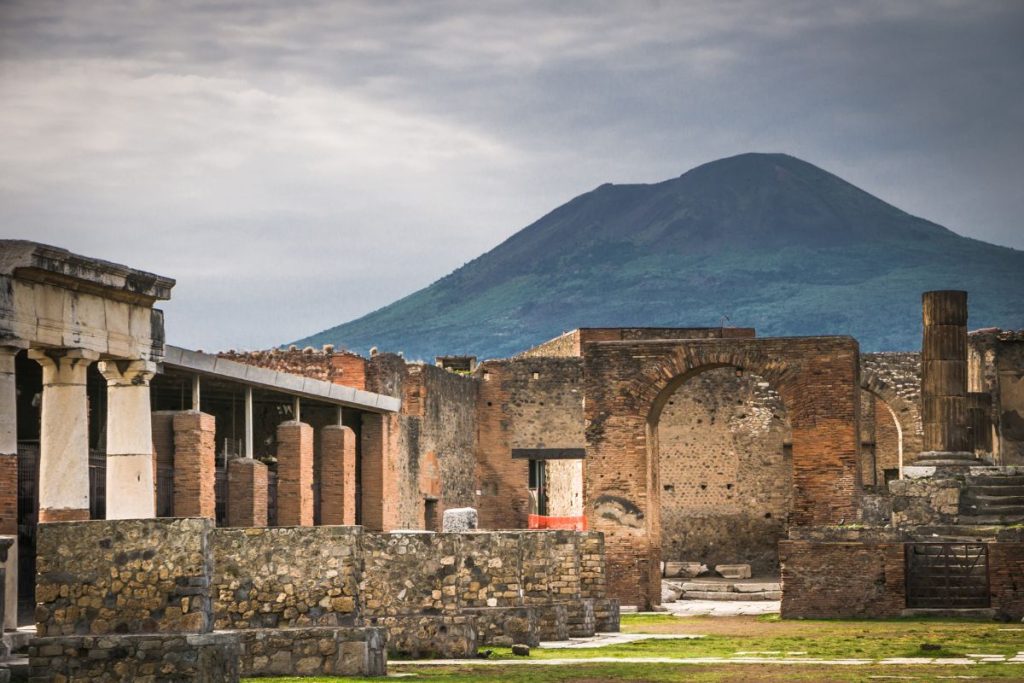Show table of content Hide table of content
The eruption of Mount Vesuvius in 79 AD sealed the fate of Pompeii and Herculaneum, preserving countless artifacts beneath layers of volcanic ash. Nearly two millennia later, researchers have made a significant advancement in examining one of history’s most elusive treasures: ancient manuscripts buried beneath Vesuvius’s destructive power. This achievement marks a crucial development for archaeology and studies on classical literature, uncovering texts once believed to be lost forever.
Innovative Imaging Techniques Bring Ancient Texts to Light
A manuscript dating back over 2,000 years, preserved under Vesuvius’s ash, has recently revealed its secrets through cutting-edge technology. This exciting discovery was made possible by combining advanced X-ray imaging with computer simulations, allowing researchers to virtually unfold the fragile document without damaging it. This breakthrough unveiled readable text on a scroll too delicate for conventional handling.
“It’s the first roll where ink is visible on the scan. Nobody knew what it was. We didn’t even know if there was writing,” shared Dr. Michael McOsker, a papyrologist from University College London, during an interview with The Guardian. This accomplishment is particularly thrilling for scholars who have long faced challenges accessing the content of these ancient relics.
Technological Advancements Driven by Global Collaboration
This technological breakthrough resulted from the launch of the Vesuvius Challenge in 2023, incentivizing researchers globally to devise methods for reading and interpreting manuscripts retrieved from the Vesuvius site. The effectiveness of this competitive approach has significantly expedited progress in the field.
By 2024, one research team shared a $700,000 prize for creating an AI model that successfully read 2,000 Greek characters on another manuscript from the collection. The rapid advancements have astonished classical scholars, who are accustomed to years of slow progress. “The pace of advancement is accelerating very quickly… All these technological improvements have occurred in just the last few years, which is remarkable for classicists,” noted Dr. McOsker.
Discovering Herculaneum’s Valuable Literary Wealth
While Vesuvius’s eruption discussions often highlight Pompeii, Herculaneum contains equally significant archaeological artifacts. This ancient Roman city, also devastated by pyroclastic flows in 79 AD, has unearthed numerous manuscript scrolls that could greatly enhance our understanding of classical literature and philosophy.
The villa where these scrolls were found is one of the most important private libraries from antiquity. Its connection to Julius Caesar’s family highlights the impressive nature of this collection. Until now, scholars could only theorize about the content of these carbonized scrolls, making each successful reading an extraordinary event.
Prospects for Future Research on Vesuvius Manuscripts
The successful decoding of this manuscript opens up possibilities for analyzing hundreds more scrolls retrieved from Herculaneum. With technological advancements occurring rapidly, scholars predict an increase in the pace of discoveries related to these forgotten texts. Each newly deciphered scroll has the potential to reshape our understanding of classical literature, philosophy, and history.
The techniques developed through the Vesuvius Challenge may also be applicable to other damaged historical documents worldwide. The ability to reveal hidden information in fragile materials represents a significant stride for conservation science broadly. As artificial intelligence and imaging technologies continue to progress, the barrier between the present and the past is becoming less rigid, allowing once-lost texts to share their wisdom with contemporary readers.



